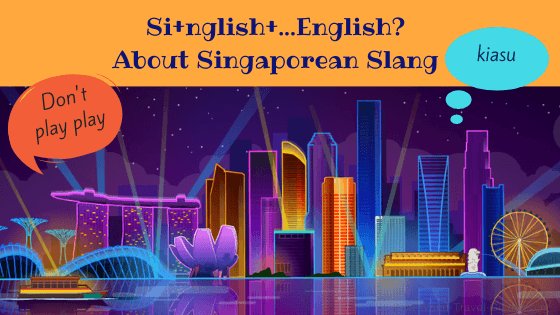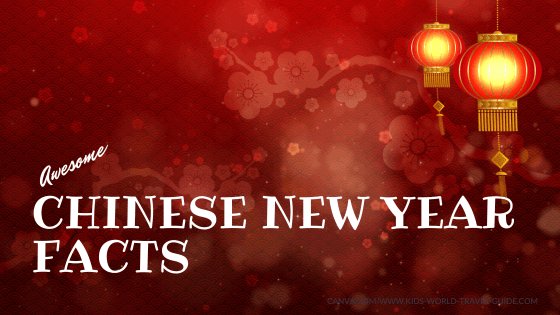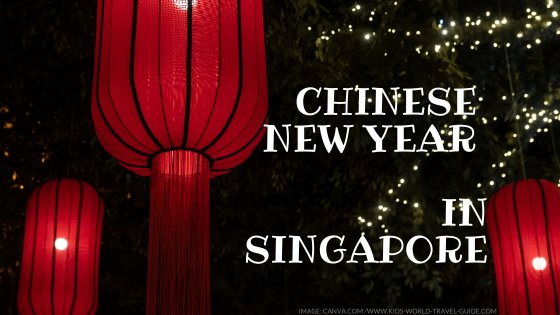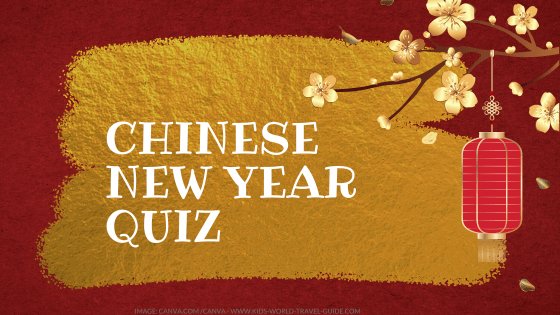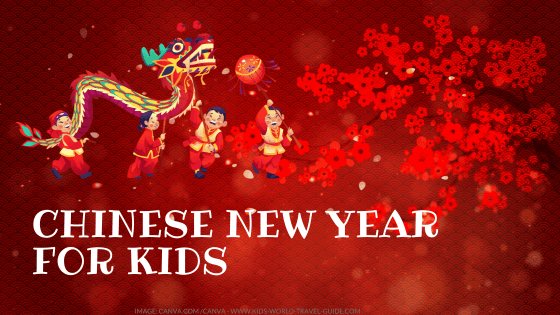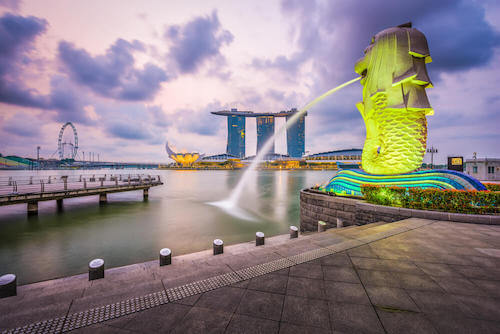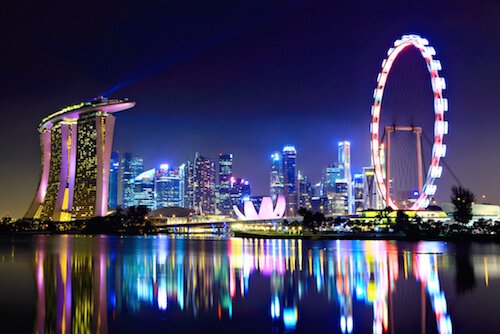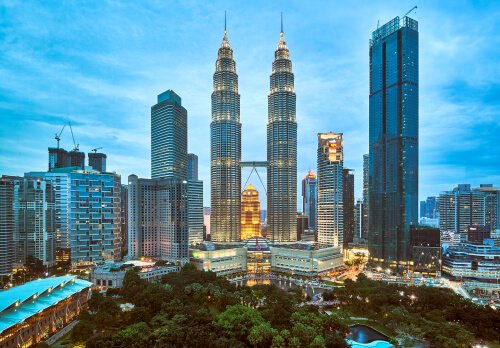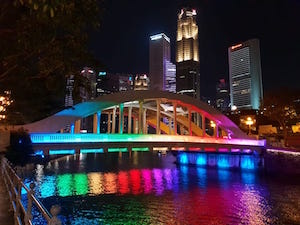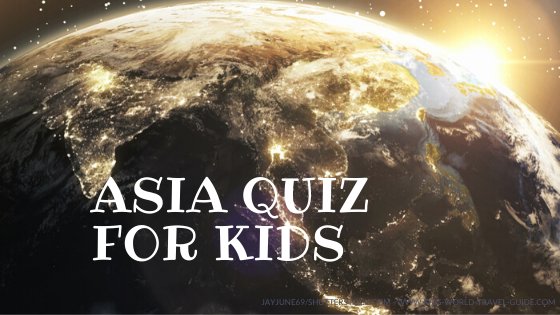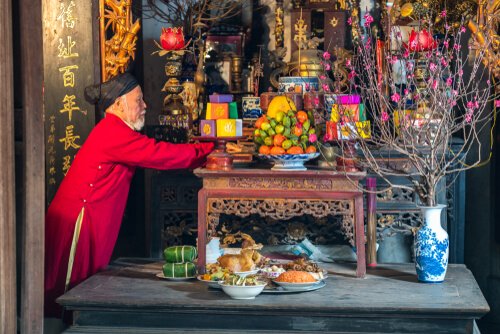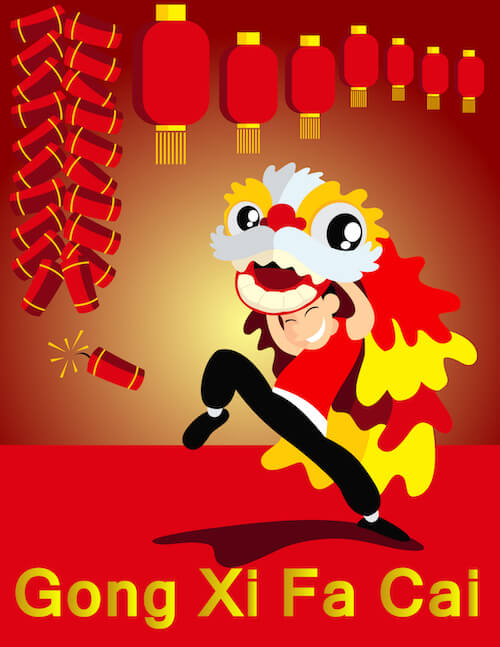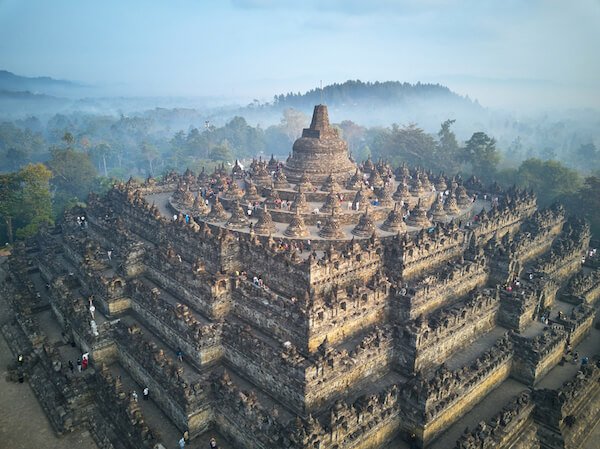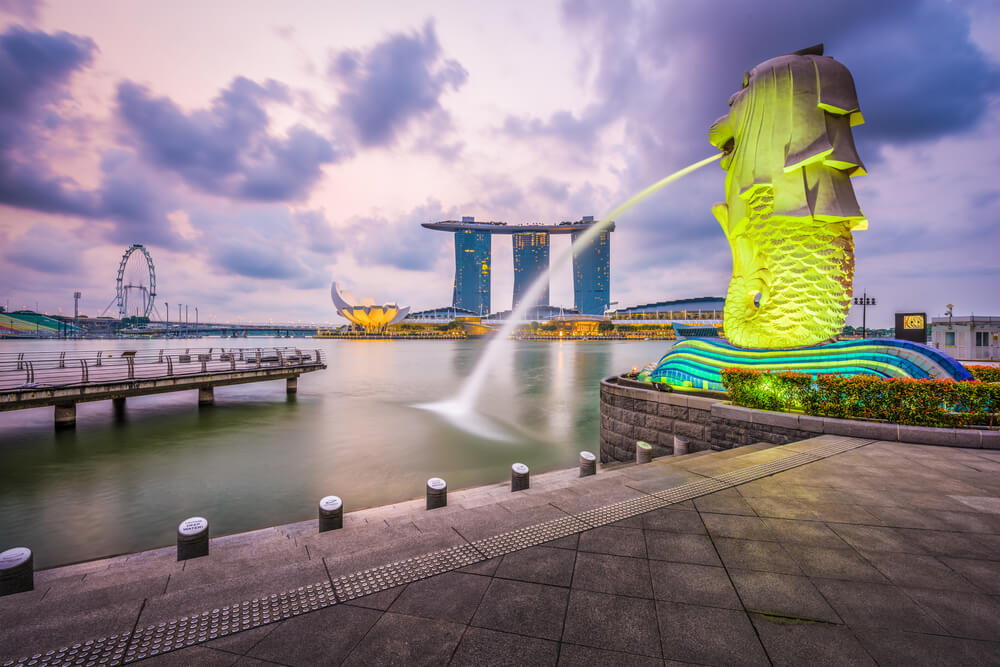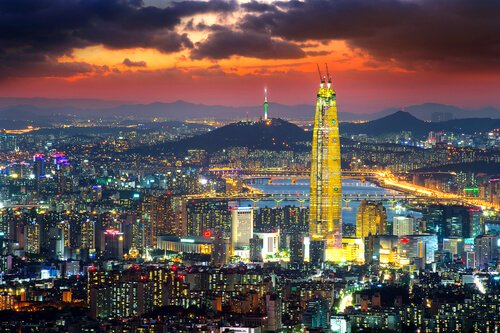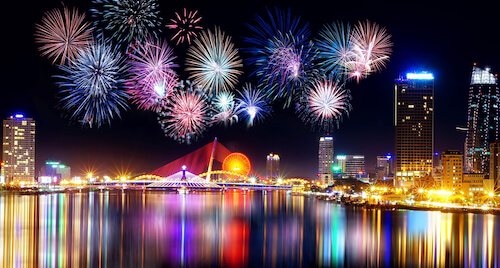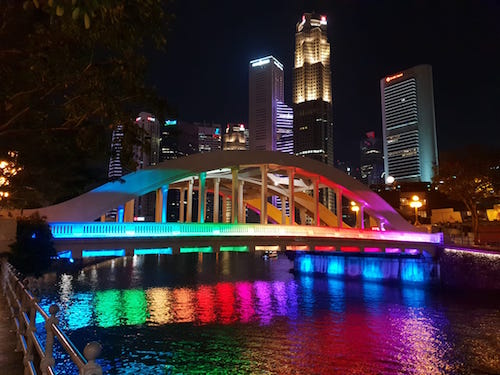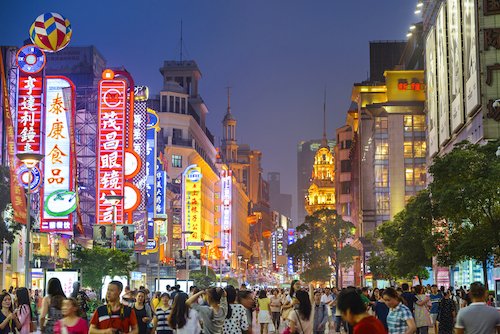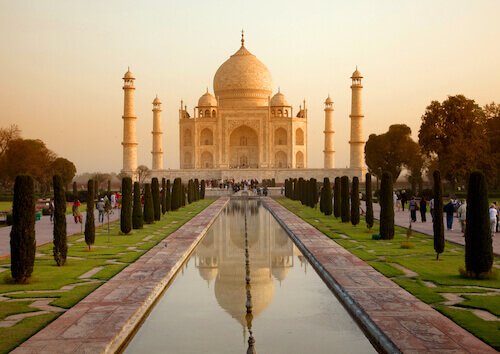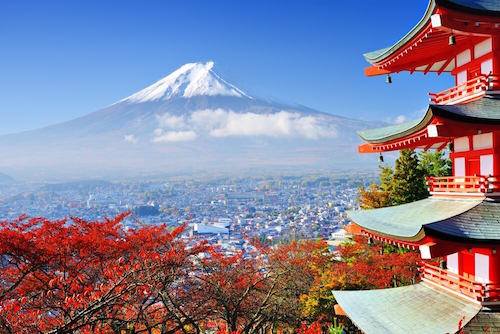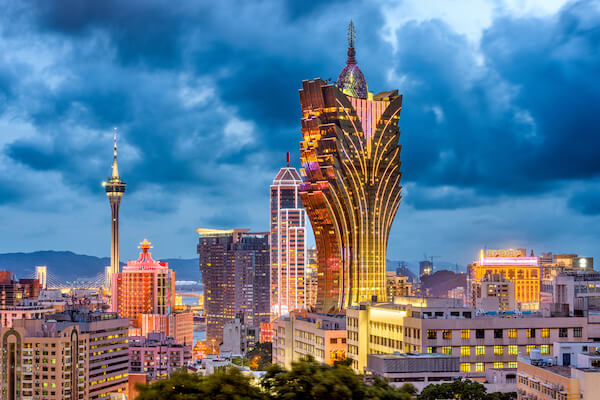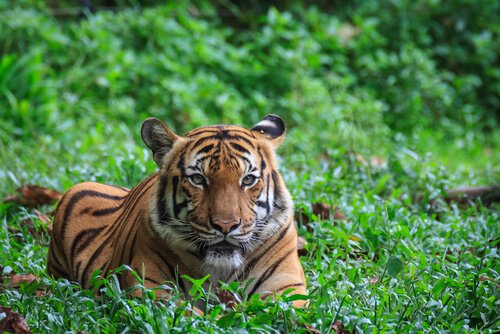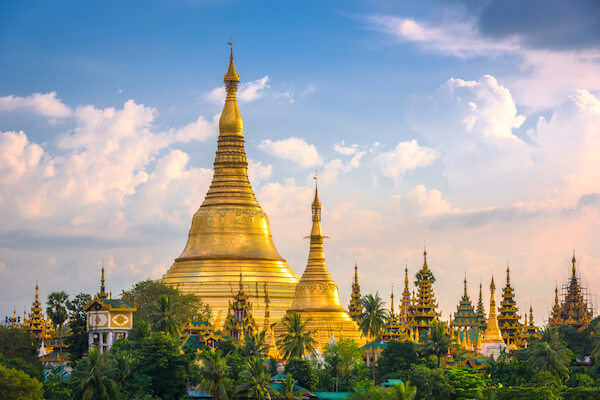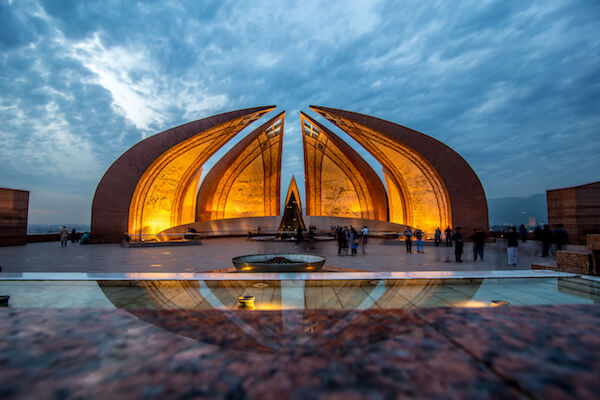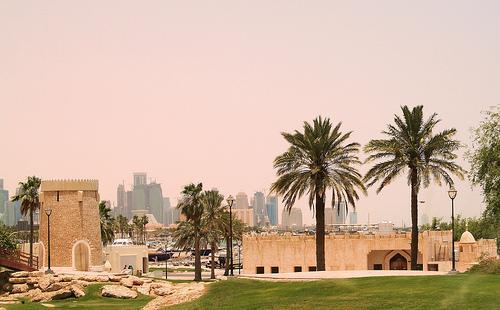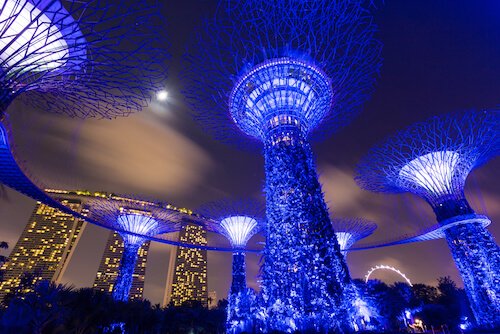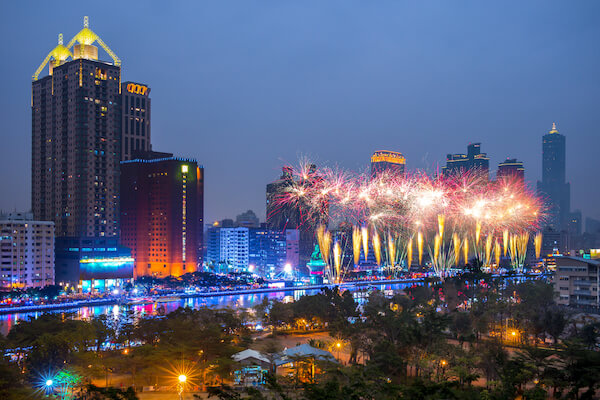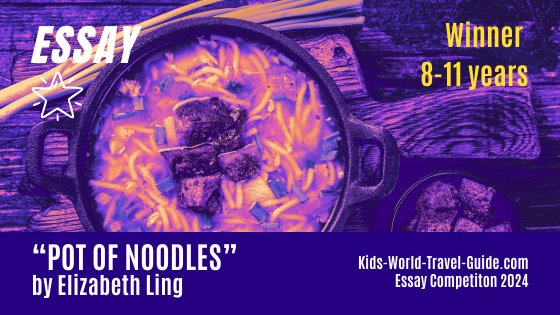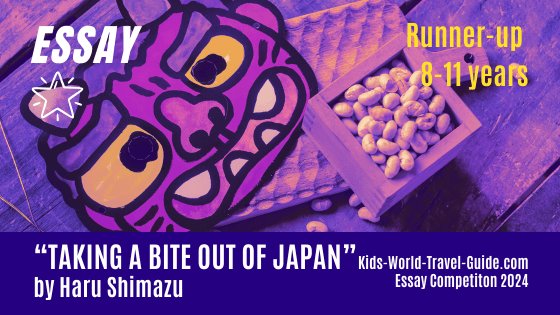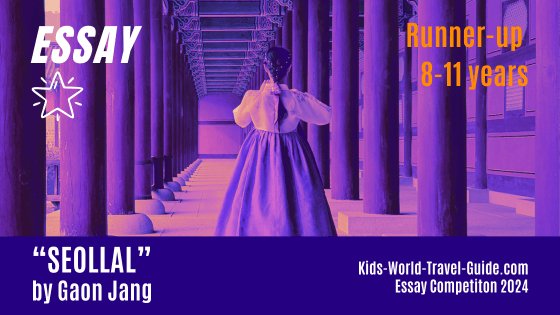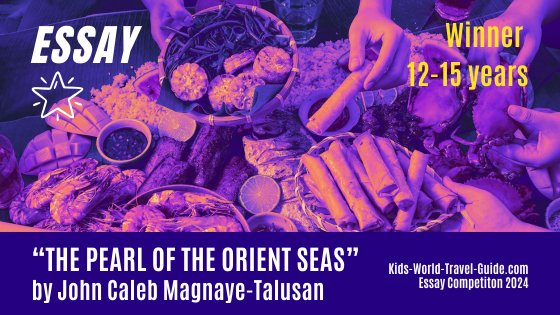- Homepage
- Chinese New Year
- Chinese New Year Singapore
Chinese New Year in Singapore
In this article about Chinese New Year in Singapore, one of our young writers, Javier Yung from Singapore shares how Chinese New Year is celebrated in the buzzing Southeast Asian city.
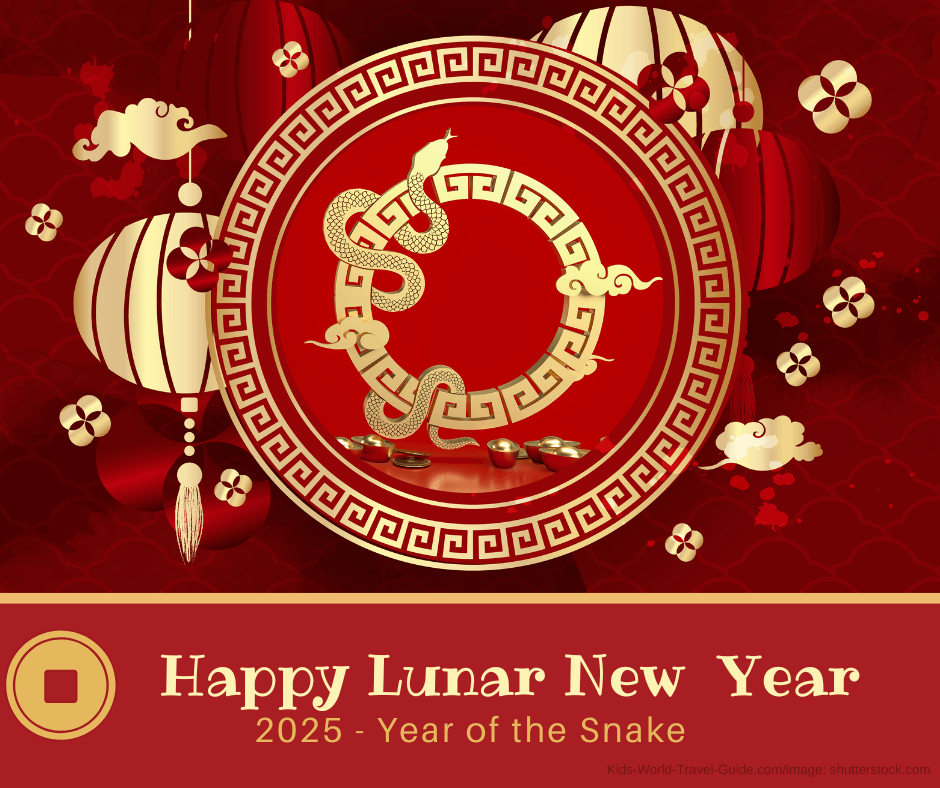 Gong Xi Fa Cai - Happy Chinese New Year 2025
Gong Xi Fa Cai - Happy Chinese New Year 2025Chinese New Year - The Singaporean Way
Let's start with the myth behind the Lunar New Year celebrations. There are twelve zodiac signs in the Chinese lunar calendar.
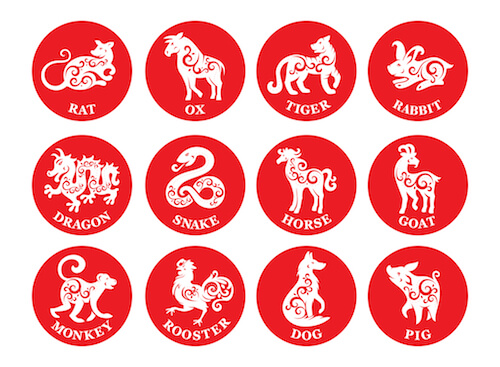 The 12 Chinese zodiac signs
The 12 Chinese zodiac signsThe legend starts with twelve guard animals that were selected to run a race for the Jade Emperor. The clever rat was first, the fast ox came second.
The animals thus appear in the lunar calendar according to their rank in the race.
Javier writes:
I know what you’re thinking – how could a minute and seemingly insignificant animal come first? Well, in order not to fall behind, the rat had the ox carry him on one condition that he sang for the ox. Right when the ox was about to cross the finish line, the rat thereupon slid past, earning himself first place. Sometimes, working smart – not hard, wins the day!
|
Do you remember that 2023 was the year of the rabbit? 2024 the year of the dragon and 2025 is the year of the snake. |
Since then, Chinese New Year has been celebrated by approximately one-sixth of the world population – with lots of goodies and Chinese New Year songs. However, amidst the joy prosperous mood, there might be a deeper story behind the composition of such songs.
For instance, the term 'Happy New Year' (贺新年) was composed to express the desire for a peaceful life without suffering. To boot, the God of Wealth 'Cai Shen Dao' (财神到) is a representation of the desire for wealth and fortune.
|
'Cai shen dao' or 'The Gods must be rich' is in fact one of the most well known Chinese New Year songs. Listen to the song here. |
 |
No Chinese New Year celebration is complete without ending the day bringing your hands to your nose to smell the distant fragrance of citrus and new banknotes.
Chinese New Year in Singapore
How is Chinese New Year celebrated in Singapore?
According to the Singapore Federation of Chinese Clan Associations, this is the practice of seeking "reciprocity in all human relationships" or "li shang wang lai" (礼尚往来) — hence the exchanging of gifts.
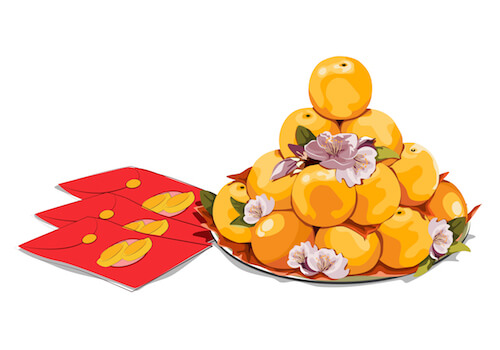 Typical gifts: Mandarin oranges and red packets for money
Typical gifts: Mandarin oranges and red packets for moneyThough it is a Chinese New Year staple here in Singapore, this practice is mostly found only in Southern China and by the Cantonese.
In Singapore, where festive traditions are largely influenced by Cantonese practices, exchanging oranges symbolise prosperity as the Cantonese word for the fruit, "gam", sounds similar to the Cantonese word for 'gold'.
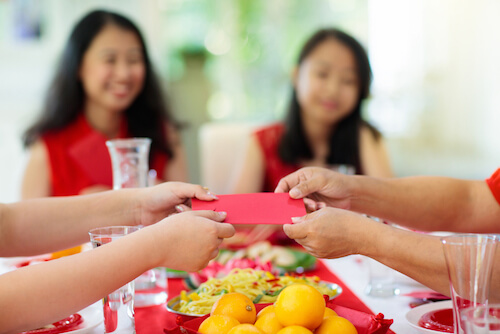
Besides, isn’t it a pain in the ear to endure your parents’ nagging every day, requiring you to hit the sack early? Well, it’s time to rejoice!
During Chinese New Year Eve, 'shou ye' (守夜) is a Chinese tradition where all family members gather and stay up through the night, with the belief that their parents would live a longer life in return.
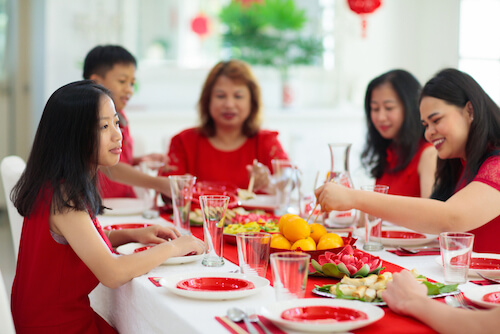 Family Reunion dinner for Chinese New Year
Family Reunion dinner for Chinese New YearThis is often complemented with games such as Mahjong and card games after reunion dinner on the eve of Chinese New Year.
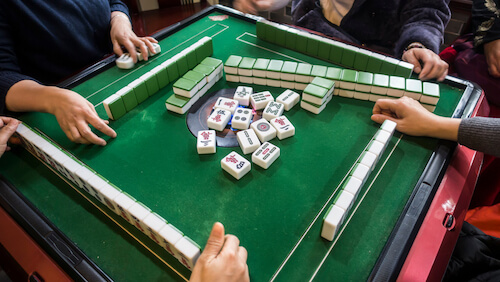 Playing Mahjong
Playing MahjongChinese New Year in Singapore Traditions in Singapore
So now back to our Chinese New Year celebrations:
Grab a pair of chopsticks ready for the 'Lo hei' or 'prosperity toss' and embrace yourselves for the echoes of the widely used Huat ah!!
Last but not least: 'Huat ah' means 'To prosper'.
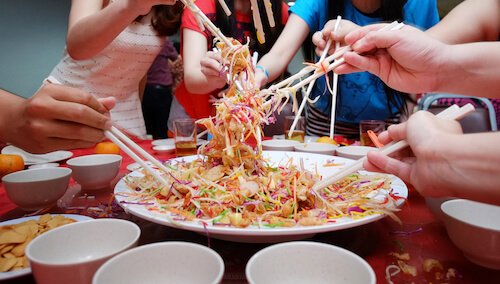 Typical Chinese New Year custom: The prosperity toss
Typical Chinese New Year custom: The prosperity tossChinese New Year in Singapore
River HongBao 2024
This year's Chinese New Year festivities in Singapore include the RiverHongbao with nightly performances by local and international artists at the Supertree Grove in Gardens By The Bay from 8 - 17 February 2024.
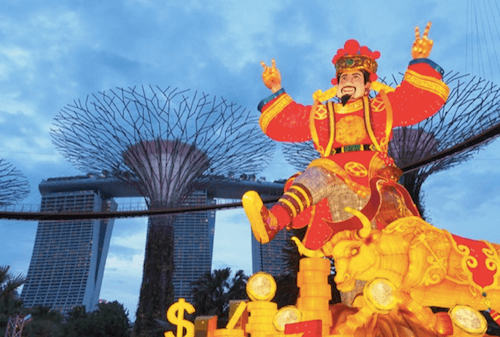 God of Fortune - at the River Hongbao in Singapore
God of Fortune - at the River Hongbao in SingaporeA huge God of Fortune, a gigantic dragon, many larger-than-life lanterns will be on display at the Gardens by the Bay. Cultural performances by international troupes as well as several contests and nightly stage shows can be experienced at the River Hongbao showcase. In 2024, there will be live stage performances again and virtual screenings of the performances can also be enjoyed. Read more here.
Chinese New Year in Singapore
Chinatown in Singapore
Chinatown is the heart of Chinese culture where Singaporeans congregate, especially during the festive season. Since its establishment, it has been pervaded with shophouses and is bustling with visitors.
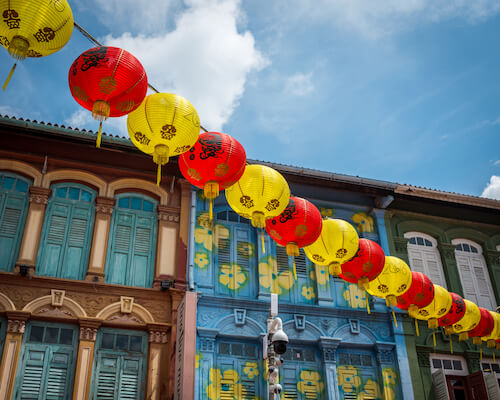 Singapore's Chinatown
Singapore's ChinatownHowever, do you know how to figure out the general histories of the shophouses just by looking at the types of materials they were built with?
For instance, the earliest-established shophouses which were set up between the 1840s and 1900s are likely to be two-storey and made of plaster. On the other end, if steel or concrete mainly make up the shophouse, the likelihood the shophouse was built between the 1950s and 1970s is higher.
Do you know that Chinatown is home to the largest hawker centre in Singapore? That’s not all – the Republic’s nomination to inscribe hawker culture in Singapore on the UNESCO Representative List of the Intangible Cultural Heritage of Humanity was submitted on 27 March 2019.
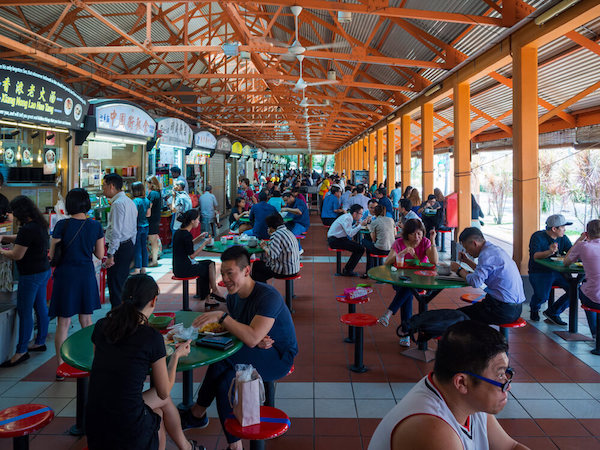 Singapore Hawkercenter in Chinatown
Singapore Hawkercenter in ChinatownSingapore is unique in that the entire city-state combines and celebrates the cultural traditions of each of those ethnic states, which comprises mainly the Chinese, Indian and Malay groups.
Chinatown is also home to the Buddha Tooth Relic Temple, one of the most famous Buddhist temples in the city.
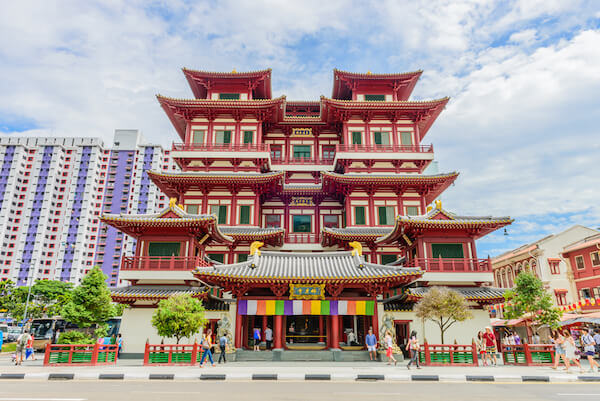 Buddha Tooth Relic Temple in Singapore's Chinatown
Buddha Tooth Relic Temple in Singapore's ChinatownIn Chinatown you will find also Singapore’s oldest Indian temple. The Sri Mariamman Hindu temple complements Singapore’s status as a polyglot nation whose population consists of diverse ethnic groups.
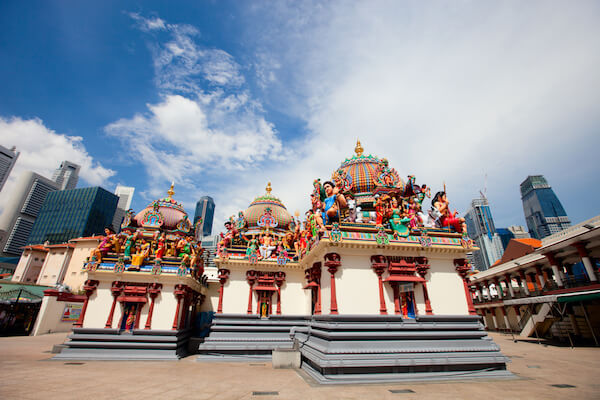 Singapore's Sri Mariamman Hindu temple
Singapore's Sri Mariamman Hindu templeChinese New Year in Singapore History
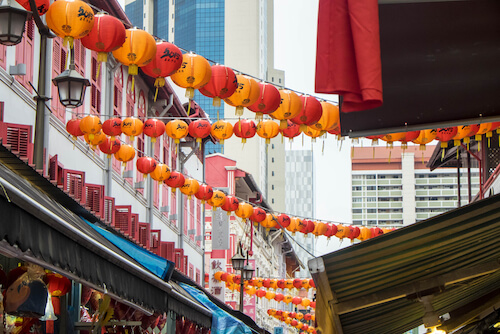 Chinese New Year decorations in Chinatown Singapore
Chinese New Year decorations in Chinatown SingaporeOn a more sombre note: While some celebrate on New Year’s eve, some prefer to take a more solemn approach on the eve of the Lunar New Year - owing to the fact that the British surrendered Singapore on 15 February 1942 to the Japanese Imperial Army. This happened on the fateful first day of the Lunar New Year, after which three years and eight months of suffering ensued.
Chinese New Year in Singapore Resources
This article was last updated on 28 January 2025. Original parts of this article were provided by Javier Yung, a student from Singapore. The resources used for this text:
- Andrew Koay. "The Surprising Origins of Singapore's Chinese New Year Traditions, Explained. Mothership.sg. 25 January 2020. Last accessed 28 January 2025
- Further resources used for the updated 2025 article: GardensByTheBay. "Riverhongbao2025." GardensbyTheBay. Last accessed 28 January 2025.
Read more from our young author Javier Yung from Chung Cheng High School in his award winning essay about 'Singlish' here - or click on the image below:
Popular Pages
More about Asia

Feel free to contact us if you or your school would like to join in our schools project. Looking forward to hearing from you!
Picture credits in main text: own or shutterstock.com
Return from Chinese New Year in Singapore to Kids-World-Travel-Guide Homepage
Countries celebrating Lunar New Year
More about Singapore
More about Countries and Territories in Asia
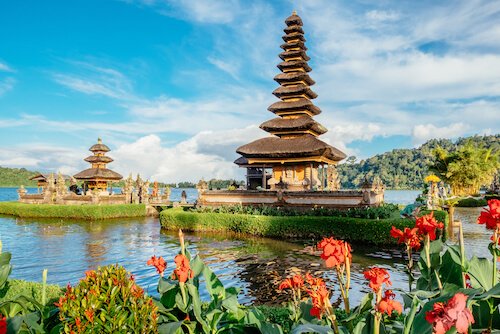 Indonesia
Indonesia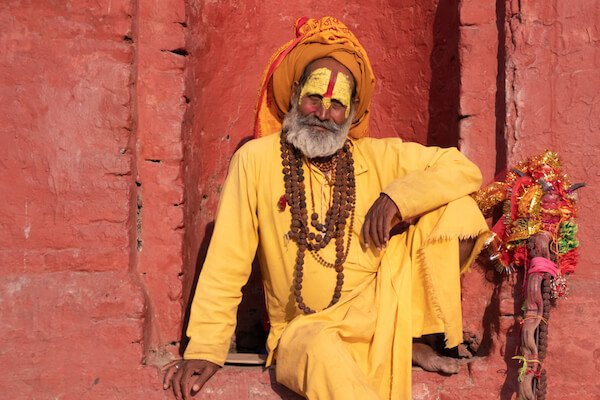 Nepal
Nepal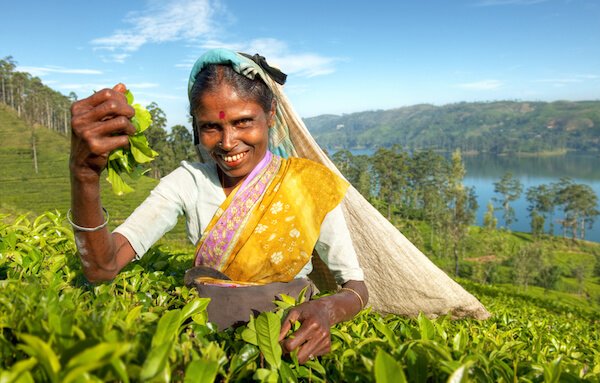 Sri Lanka
Sri Lanka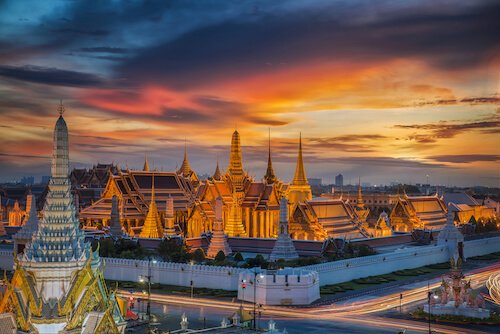 Thailand
Thailand***
